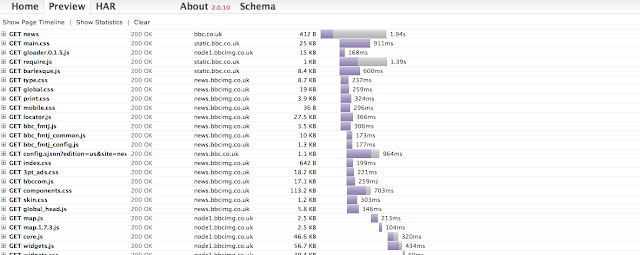PhantomJS, the headless QtWebKit tool, is now listed as one of the Qt Ambassador show cases. There is also a growing list of projects using PhantomJS (let me know if you want to be listed). In fact, PhantomJS running in several Amazon EC2 instances is used as the primary tool in a web security analysis.
Few days ago, right during the summer solstice, I tagged and released PhantomJS 1.2, codenamed Birds of Paradise. There are some exciting changes there that I will briefly outline as follows (for details, see the Release Notes).
Most important change is the fix to the security model. Your PhantomJS script now does not run in the context of the loaded QWebPage anymore (more precisely, the main frame thereof). Rather, we have a new WebPage object that abstracts (surprise) the web page. This forces a major breakage in the API since there is no way to support 1.1 style of API with the same code. Again, check the Release Notes to find out how to migrate your script.
The bonus with the above WebPage object abstraction is a bunch of external callbacks we can set up, most notably onLoadStarted and onLoadFinished, useful to trigger some actions upon page loading. Speaking of JavaScript evaluation, dynamic script tag loading is a quite popular trick to asynchronously load external libraries, e.g. those part of Google Libraries API. Rather than writing your own code, there is now easy-to-use includeJS() function for that specific purpose.
My personal #1 favorite feature is the simple network traffic analysis. I already demonstrated the technique before, i.e. by subclassing QNetworkAccessManager and recording the major network activities (see my previous blog post discussing this in details). The new PhantomJS example script netsniff.js shows the use of this feature: it logs network requests and responses and dumps them in HTTP Archive (HAR) format. You can then use online HAR viewer to see the waterfall diagram, or post-process the data the way you like it. For example, here is what BBC News web site produced:

Since the entire traffic capture can be fully automated, you can have it checked against various rules. For example, you may want to ensure that KDE.org does not get significantly slower (in terms of page loading) every time someone changes the web site design. Perhaps you want to compare the resource loading with gnome.org just to confirm that it loads faster. Gathering the stats of the same site from different geographical locations might also reveal how the web page is perceived by some fans on the other side of the planet.
The use of mobile devices for consuming information is exploding. It would be fun to see PhantomJS leveraged to get the metrics behind the data traffic. I haven’t bothered yet to port and test PhantomJS on Qt-based Harmattan-powered phone like the new shiny Nokia N9. Of course, if you a spare one, feel free to Fedex me 🙂
